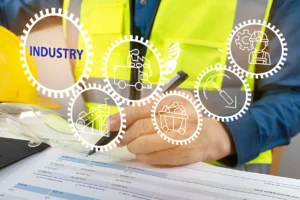The ability to learn is one of humanity’s outstanding characteristics which occur throughout life either consciously or unconsciously.
For every individual, each learning experience is a unique one which can be influenced by a couple of factors — motivation to learn, aptitude, learning style, the facilitator and general learning environment amongst others. The advent and advancement in technology have transformed both the learning process and the learning environment.
The learning environment has moved from traditional methods to a more social, collaborative and engaging platform. Bite-sized learning has also taken the place of information overload; thereby simplifying the assimilation process of information in a more efficient and effective way.
Modern-day learning is holistic in nature with a focus on a blend of tools, available (resources), the participators (learners), material (content), and instructors (educators). With the increased level of internet penetration even in developing nations, technology is constantly engaging learners across the globe thereby creating a boundless exchange of ideas and information. It also facilitates collaboration and joint learning via social media, applications, and software. These platforms also support formative assessment and feedback.
In addition, technology has created new opportunities and transformed the learner’s experience either as an individual, group or organisation. Learning is now personalised based on the learner’s current developmental stage — the pressure of unhealthy competition is eliminated — instead, learners can get support from other online learners and schedule short-term sessions with an online tutor.
Learning has also become more fun through the introduction of gamification. This has a direct impact on the learner’s psychology, creating an interesting yet engaging process of knowledge transfer.
On its own part, digital learning has created access to cost-effective and quality learning systems. Furthermore, it ensures standardisation of knowledge among learners, access to the same curriculum, assessments, and projects over a given period of time in an accurate and flexible way that ensures up-to-date information as regards a particular subject matter.
Digital learning also places equal responsibility on facilitators/instructor and learners; creating the platform for instructors to adapt, promote, innovate and exploit the potential of content across a wide range for learners. Another approach would be the use of different learning methods known as blended learning: a combination of face-to-face and online learning.
In conclusion, learning is no longer a monopolistic process but one with multiple open platforms that allow for exchange and transmission of information.
The revolution has begun and we all need to key in.


